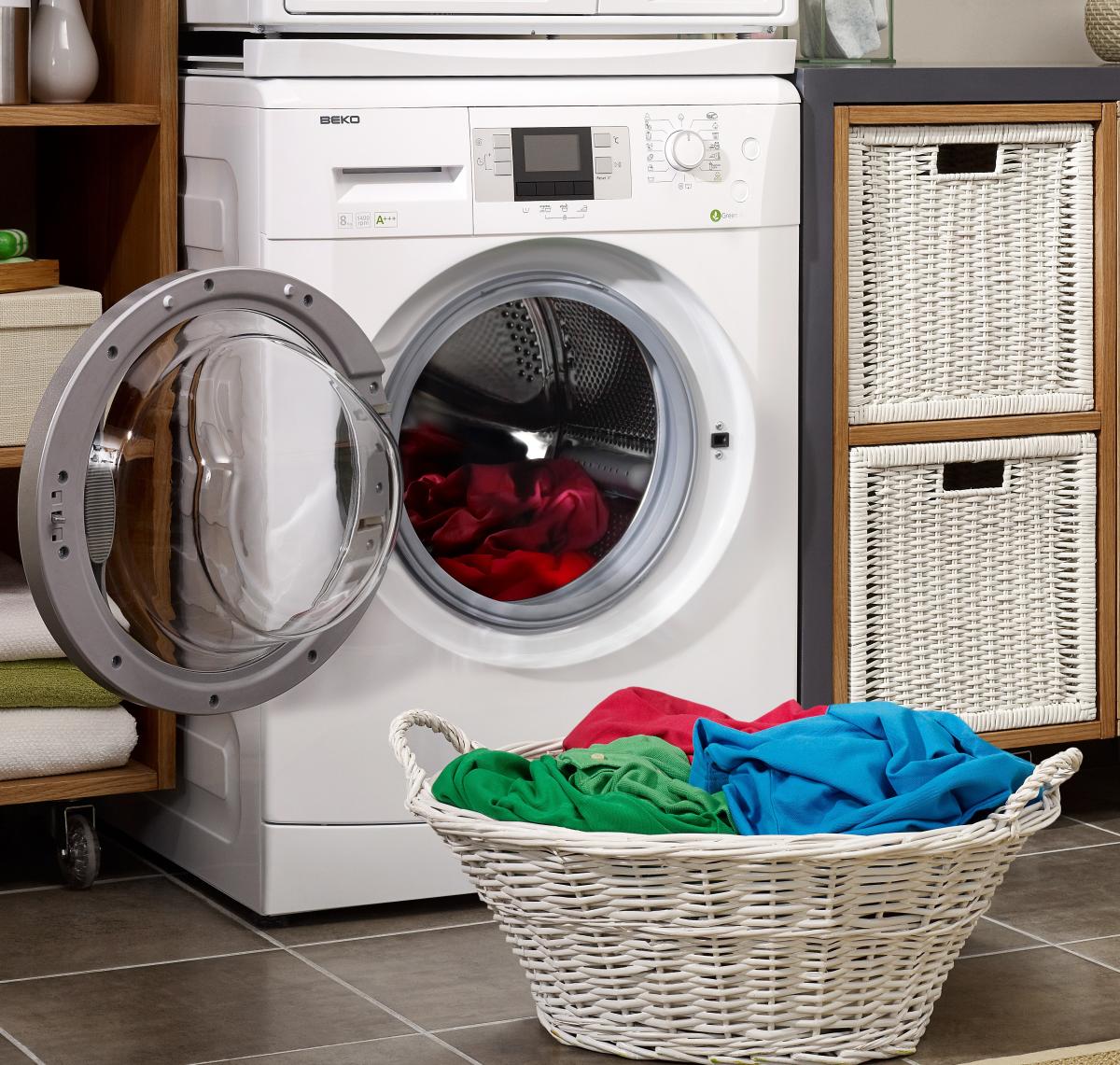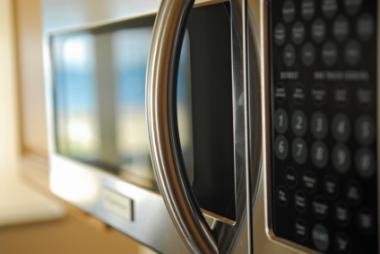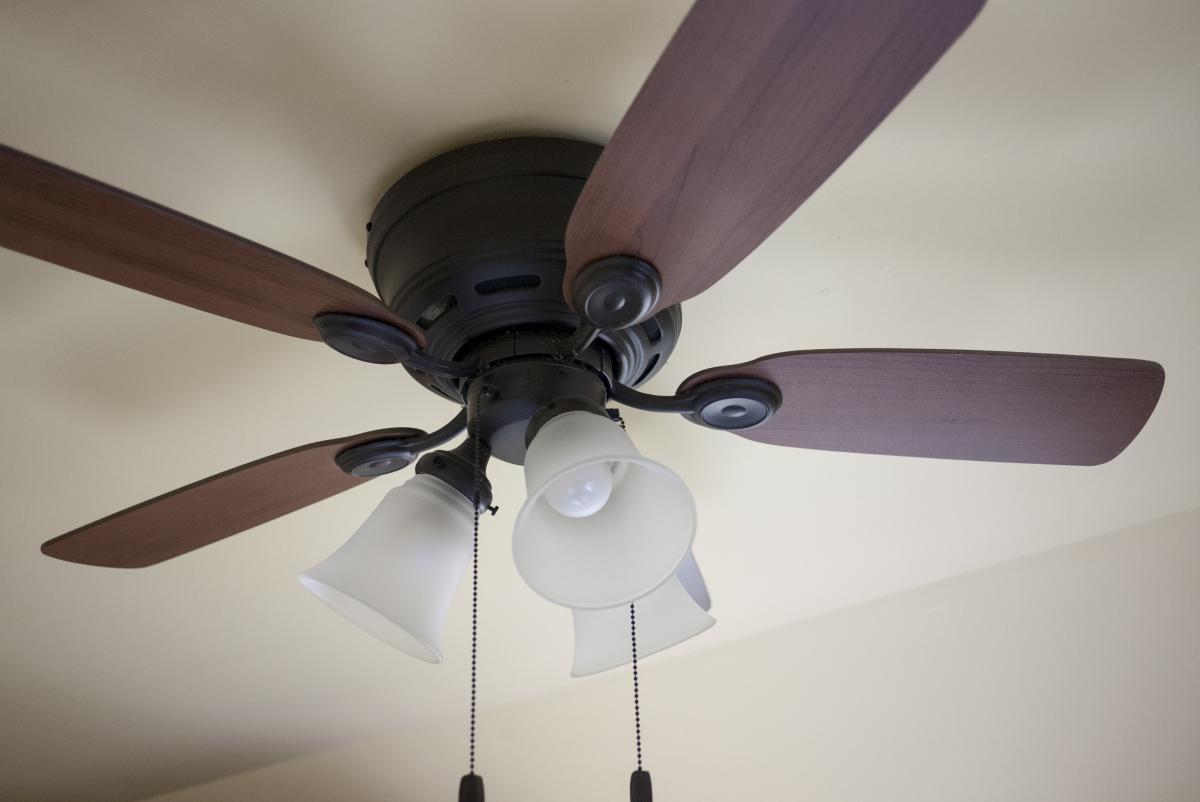Residential

Residential
Home Heating and Cooling
 Central air conditioners and heat pumps include split-system central air conditioners and heat pumps, single package central air conditioners and heat pumps, small-duct high-velocity products, and space constrained products. They are installed as part of an indoor climate control system. They may or may not use ducts to distribute cooled or dehumidified air to more than one room. Some ductless air conditioners and heat pumps are configured as split systems and are commonly referred to as mini-splits or multi-splits. Due to their configuration as split systems, mini- and multi-splits are also defined as central air conditioners and heat pumps rather than room air conditioners.
Central air conditioners and heat pumps include split-system central air conditioners and heat pumps, single package central air conditioners and heat pumps, small-duct high-velocity products, and space constrained products. They are installed as part of an indoor climate control system. They may or may not use ducts to distribute cooled or dehumidified air to more than one room. Some ductless air conditioners and heat pumps are configured as split systems and are commonly referred to as mini-splits or multi-splits. Due to their configuration as split systems, mini- and multi-splits are also defined as central air conditioners and heat pumps rather than room air conditioners.
For more information, see the DOE’s Appliance and Equipment Standards for this product.
 Residential direct heating equipment includes vented wall furnaces, vented floor furnaces, vented room heaters, and vented hearth heaters that can provide space heating in residences. Direct heating equipment uses gas and is installed in the room that it is intended to heat; the equipment heats air and distributes the warmed air directly to the room. Common names for this equipment include space heaters, wall heaters, floor heaters, hearth heaters, and room heaters.
Residential direct heating equipment includes vented wall furnaces, vented floor furnaces, vented room heaters, and vented hearth heaters that can provide space heating in residences. Direct heating equipment uses gas and is installed in the room that it is intended to heat; the equipment heats air and distributes the warmed air directly to the room. Common names for this equipment include space heaters, wall heaters, floor heaters, hearth heaters, and room heaters.
For more information, see the DOE’s Appliance and Equipment Standards for this product.
 Residential furnaces include gas, electric, and oil-fired furnaces that are used to provide central heating to residential dwellings. Furnaces heat air and distribute the heated air through the house using ducts.
Residential furnaces include gas, electric, and oil-fired furnaces that are used to provide central heating to residential dwellings. Furnaces heat air and distribute the heated air through the house using ducts.
For more information, see the DOE’s Appliance and Equipment Standards for this product.
 A furnace fan is an electrically-powered device used in residential buildings for the purposes of circulating air through duct work. A furnace fan consists of a fan motor and its controls, an impeller, and a housing, typically as an assembly incorporated in a residential central heating, ventilation, and air conditioning (HVAC) product.
A furnace fan is an electrically-powered device used in residential buildings for the purposes of circulating air through duct work. A furnace fan consists of a fan motor and its controls, an impeller, and a housing, typically as an assembly incorporated in a residential central heating, ventilation, and air conditioning (HVAC) product.
For more information, see the DOE’s Appliance and Equipment Standards for this product.

Residential room air conditioners are mounted in windows or through walls and deliver conditioned air to enclosed spaces. Room air conditioners typically extract heat from the room and vent it outdoors. These products are offered in a broad range of sizes and configurations. They are used in homes, apartments, and commercial settings.
For more information, see the DOE’s Appliance and Equipment Standards for this product.
Major Appliances
 Residential clothes dryers use a tumble-type drum with forced air circulation to dry clothes. They are commonly used in homes, but are also used in some dormitory, apartment, or small business settings.
Residential clothes dryers use a tumble-type drum with forced air circulation to dry clothes. They are commonly used in homes, but are also used in some dormitory, apartment, or small business settings.
For more information, see the DOE’s Appliance and Equipment Standards for this product.
 Residential clothes washers use a water solution of soap and/or detergent and mechanical agitation or other movement to clean clothes. These include automatic, semi-automatic, and "other" clothes washers (known collectively as "clothes washer products"). This category does not include commercial clothes washers used in commercial settings, multifamily housing, or coin laundries.
Residential clothes washers use a water solution of soap and/or detergent and mechanical agitation or other movement to clean clothes. These include automatic, semi-automatic, and "other" clothes washers (known collectively as "clothes washer products"). This category does not include commercial clothes washers used in commercial settings, multifamily housing, or coin laundries.
For more information, see the DOE’s Appliance and Equipment Standards for this product.
 Residential dishwashers use water and detergent to wash and rinse dishware, glassware, eating utensils, and most cooking utensils. Some dishwashers also dry dishes.
Residential dishwashers use water and detergent to wash and rinse dishware, glassware, eating utensils, and most cooking utensils. Some dishwashers also dry dishes.
For more information, see the DOE’s Appliance and Equipment Standards for this product.
 Residential kitchen ranges and ovens include conventional ranges, conventional cooking tops, conventional ovens, microwave ovens, and microwave/conventional ranges, known collectively as cooking products. Cooking products cook or heat food by means of gas, electricity, or microwave energy. These products are used primarily in homes and apartments. Kitchen ranges and ovens do not include portable or countertop ovens that use electric resistance heating or are designed to use an electrical supply of approximately 120 volts. For information about microwave ovens, go to microwave ovens.
Residential kitchen ranges and ovens include conventional ranges, conventional cooking tops, conventional ovens, microwave ovens, and microwave/conventional ranges, known collectively as cooking products. Cooking products cook or heat food by means of gas, electricity, or microwave energy. These products are used primarily in homes and apartments. Kitchen ranges and ovens do not include portable or countertop ovens that use electric resistance heating or are designed to use an electrical supply of approximately 120 volts. For information about microwave ovens, go to microwave ovens.
For more information, see the DOE’s Appliance and Equipment Standards for this product.
 Microwave ovens cook or heat food by means of microwave energy. Some microwave ovens also have thermal elements designed for surface browning of food. Microwave ovens are sometimes available as combination ovens, which have additional heating elements or convection capability. Microwave ovens enable users to cook food in ways similar to conventional ovens. These products are offered in a broad range of sizes and configurations. Typical microwave ovens are available in countertop or over-the-range configurations.
Microwave ovens cook or heat food by means of microwave energy. Some microwave ovens also have thermal elements designed for surface browning of food. Microwave ovens are sometimes available as combination ovens, which have additional heating elements or convection capability. Microwave ovens enable users to cook food in ways similar to conventional ovens. These products are offered in a broad range of sizes and configurations. Typical microwave ovens are available in countertop or over-the-range configurations.
For more information, see the DOE’s Appliance and Equipment Standards for this product.
 Residential refrigerators and freezers include refrigerators, refrigerator-freezers, and freezers, such as standard-size residential units as well as compact units used in offices and dormitory rooms. Known collectively as “refrigeration products,” these appliances chill and preserve food and beverages, provide ice and chilled water, and freeze food.
Residential refrigerators and freezers include refrigerators, refrigerator-freezers, and freezers, such as standard-size residential units as well as compact units used in offices and dormitory rooms. Known collectively as “refrigeration products,” these appliances chill and preserve food and beverages, provide ice and chilled water, and freeze food.
For more information, see the DOE’s Appliance and Equipment Standards for this product.
 Consumer water heater means a product which utilizes oil, gas, or electricity to heat potable water for use outside the heater upon demand, including—(1) Storage type units which heat and store water at a thermostatically controlled temperature, including gas storage water heaters with an input of 75,000 Btu per hour or less, oil storage water heaters with an input of 105,000 Btu per hour or less, and electric storage water heaters with an input of 12 kilowatts or less;(2) Instantaneous type units which heat water but contain no more than one gallon of water per 4,000 Btu per hour of input, including gas instantaneous water heaters with an input of 200,000 Btu per hour or less, oil instantaneous water heaters with an input of 210,000 Btu per hour or less, and electric instantaneous water heaters with an input of 12 kilowatts or less; and(3) Heat pump type units, with a maximum current rating of 24 amperes at a voltage no greater than 250 volts, which are products designed to transfer thermal energy from one temperature level to a higher temperature level for the purpose of heating water, including all ancillary equipment such as fans, storage tanks, pumps, or controls necessary for the device to perform its function.
Consumer water heater means a product which utilizes oil, gas, or electricity to heat potable water for use outside the heater upon demand, including—(1) Storage type units which heat and store water at a thermostatically controlled temperature, including gas storage water heaters with an input of 75,000 Btu per hour or less, oil storage water heaters with an input of 105,000 Btu per hour or less, and electric storage water heaters with an input of 12 kilowatts or less;(2) Instantaneous type units which heat water but contain no more than one gallon of water per 4,000 Btu per hour of input, including gas instantaneous water heaters with an input of 200,000 Btu per hour or less, oil instantaneous water heaters with an input of 210,000 Btu per hour or less, and electric instantaneous water heaters with an input of 12 kilowatts or less; and(3) Heat pump type units, with a maximum current rating of 24 amperes at a voltage no greater than 250 volts, which are products designed to transfer thermal energy from one temperature level to a higher temperature level for the purpose of heating water, including all ancillary equipment such as fans, storage tanks, pumps, or controls necessary for the device to perform its function.
For more information, see the DOE’s Appliance and Equipment Standards for this product.
Other Appliances

For more information, see the DOE’s Appliance and Equipment Standards for this product.
 Ceiling fan means a nonportable device that is suspended from a ceiling for circulating air via the rotation of fan blades.
Ceiling fan means a nonportable device that is suspended from a ceiling for circulating air via the rotation of fan blades.
For more information, see the DOE’s Appliance and Equipment Standards for this product.
 A dehumidifier meas a product, other than a portable air conditioner, room air conditioner, or packaged terminal air conditioner, that is a self-contained, electrically operated, and mechanically encased assembly consisting of (1) A refrigerated surface (evaporator) that condenses moisture from the atmosphere; (2) A refrigerating system, including an electric motor; (3) An air-circulating fan; and (4) A means for collecting or disposing of the condensate. Manufacturers have been required to comply with the U.S. Department of Energy (DOE) energy conservation standards for residential dehumidifiers since 2007.
A dehumidifier meas a product, other than a portable air conditioner, room air conditioner, or packaged terminal air conditioner, that is a self-contained, electrically operated, and mechanically encased assembly consisting of (1) A refrigerated surface (evaporator) that condenses moisture from the atmosphere; (2) A refrigerating system, including an electric motor; (3) An air-circulating fan; and (4) A means for collecting or disposing of the condensate. Manufacturers have been required to comply with the U.S. Department of Energy (DOE) energy conservation standards for residential dehumidifiers since 2007.
For more information, see the DOE’s Appliance and Equipment Standards for this product.
 External power supply means an external power supply circuit that is used to convert household electric current into DC current or lower-voltage AC current to operate a consumer product.
External power supply means an external power supply circuit that is used to convert household electric current into DC current or lower-voltage AC current to operate a consumer product.
For more information, see the DOE’s Appliance and Equipment Standards for this product.
 Miscellaneous refrigeration products include cooled cabinets, non-compressor refrigerators, hybrid refrigeration products, and ice makers (referred to collectively as “miscellaneous refrigeration products”) that are not currently covered under the regulations for refrigerators, refrigerator-freezers, and freezers. These appliances may chill and preserve food and beverages, provide ice and chilled water, and freeze food.
Miscellaneous refrigeration products include cooled cabinets, non-compressor refrigerators, hybrid refrigeration products, and ice makers (referred to collectively as “miscellaneous refrigeration products”) that are not currently covered under the regulations for refrigerators, refrigerator-freezers, and freezers. These appliances may chill and preserve food and beverages, provide ice and chilled water, and freeze food.
For more information, see the DOE’s Appliance and Equipment Standards for this product.
 Portable electric spas are factory-built hot tubs or spas that are intended for the immersion of people in heated, temperature-controlled water that is circulated in a closed system. A wide range of portable electric spa products are available on the market, including standard spas, exercise spas, combination spas, and inflatable spas.
Portable electric spas are factory-built hot tubs or spas that are intended for the immersion of people in heated, temperature-controlled water that is circulated in a closed system. A wide range of portable electric spa products are available on the market, including standard spas, exercise spas, combination spas, and inflatable spas.
For more information, see the DOE’s Appliance and Equipment Standards for this product.